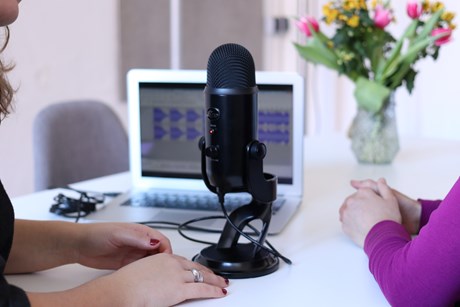Summative assessment and how to use it
A free professional blog to support English teachers

The final part of our 3 step journey through Assessment for Learning ends with summative assessment. Although, summative assessment is often referred to as Assessment of learning instead. Read on to discover how summative assessments could help you and your students.
What is summative assessment?
Summative assessment refers to any type of evaluation at the end of a unit i.e. a topic or a school term. This type of assessment is more formal than formative assessment and it usually involves some type of standardised marking system.
At The English Classroom, we include a summative assessment test at the end of each 10 lesson course, sometimes speaking or writing, sometimes as a group. In every summative assessment, there are success criteria for the students to work towards and to be able to grade themselves. Every assessment we design is based on the CEFR A1-C2 levels so the criteria is very strict.
Summative assessment is important to know what level your students are working at and where they need to go next. It can also help to identify gaps in their learning or your teaching - allowing you to address these issues directly.
How do we compare formative and summative assessment?
|
Formative Assessment |
Summative Assessment |
|
Occurs in every lesson through the learning |
Occurs at the end of the unit |
|
Focuses on the process of learning - Assessment FOR learning |
Focuses on the product of what was learnt - Assessment OF learning |
|
Improves how students learn |
Evaluates what students have learnt |
|
No strict rules |
Usually standardised criteria |
What does summative assessment look like?
Summative assessment can look very different depending on your subject and students. However, it must always have clear expectations and success criteria, both for the person marking them and for the students to aim towards.
Prodigygame.com offers 9 different examples of how to conduct summative assessments. My favourite idea is having students make a podcast, either alone or as a group. The podcast should be a summary of what they have learnt and they must include certain points of analysis for the top grade.
Other fun summative assessment ideas are role-plays, where students will interview an ‘expert’ in the area of study, written diary entries and homemade videos if your students have the technology.
Use a variety of assessments
Although summative assessment is more strict and evaluative, don’t forget to use a variety of different types of assessments to suit all learners. If you always choose a written task at the end of the unit of work, then the students with high levels of written ability will always do well and more active learners or learners with writing difficulties will always struggle. However, that is not to say that they cannot score a high grade given the right opportunity.
At The English Classroom, we often provide students with a choice of how they communicate what they have learnt so they can be creative and choose their strongest communication methods to showcase it. It also adds variety and introduces individual responsibility to your students.
As always, we love to hear your thoughts on our blog topics! Follow us on social media and comment on our posts so we can share your good practice with each other.
The English Classroom. Made for Teachers.
Written by Jennifer Gardner
Owner of The English Classroom